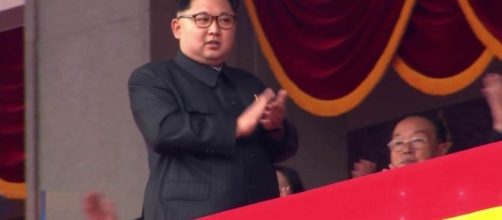moon Jae-in was unanimously elected in the South Korean Presidential election on May 10, 2017, following the impeachment and arrest of his predecessor, Park Geun-Hye. Since then, the 64-year old ‘left-leaning liberal’ has gone on to make further headlines. On Monday, he promised to scrap plans to add nuclear power plans and has decided to lead the country to gradually phase out Nuclear Power.
The termination of traditional dependence on coal and nuclear for the bulk of its power had been a part of Moon’s presidential campaign. Whilst he has previously ordered to temporarily halt eight of the nation’s older coal power plants, amid concerns regarding health; he had not commented on the commitment to terminate nuclear power reliance since taking up the office in early May.
Bringing about the change
Ushering a new era of reform, Mr. Moon has decided not to extend the life of existing plants. South Korea, the fifth largest producer of nuclear energy last year, according to the World Nuclear Association will probably take decades to completely cut ties with nuclear power. It has 25 nuclear reactors, generating one-third of the country’s electricity. Moon was quick to acknowledge the crucial role played by nuclear power in the country’s accelerated economic progress.
He, however, maintains that Japan’s Fukushima disaster, which led to great losses in life and property had convinced him to search for new and cleaner sources of energy. Similarly, the public has lost its faith for nuclear energy due to the 2011 Fukushima power plant meltdown and the 2013 corruption scandal over counterfeit safety certificates for reactor parts, further backing the President’s plans.
Problems posed by the switch
As South Korea has the highest per capita electricity demand in Asia, experts caution that the shift could lead to shortages in energy supply and higher costs for the country.
Alternatives
President Moon does speculate the option of increasing LNG- fired power production in order to hike the portion of renewable energy to 20 percent by 2030. At present, renewable sources manage to contribute 6.6 percent of the country’s energy supply, the lowest among OCED nations. This low figure is attributed to technological restrictions, meager demand, and heavy regulations.
The government also looks to invest $12.2 billion this year in developing alternate energy sources in order to curb greenhouse gas emissions by 37 percent by 2030 under the Paris climate agreement.


